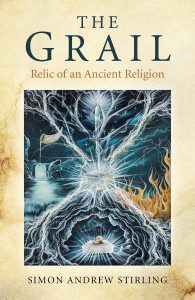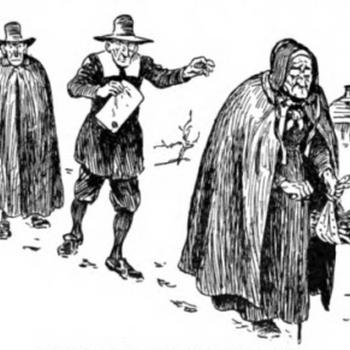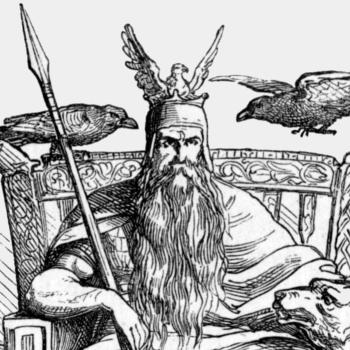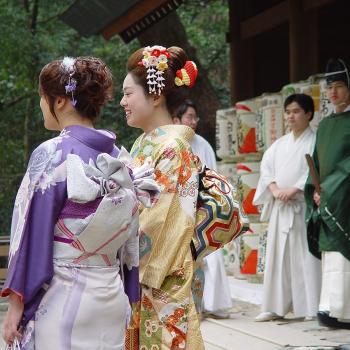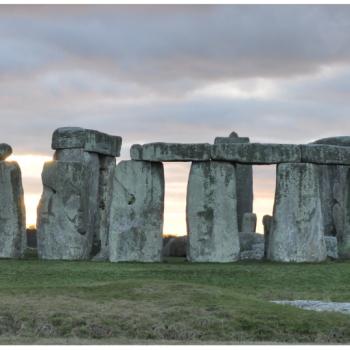Simon Andrew Stirling, The Grail: Relic of an Ancient Religion
(Moon Books, 2015)
The Grail is the most enduring of esoteric mysteries, with new theories on its identity and purpose popping up for each new era. In The Grail: Relic of an Ancient Religion, Simon Andrew Stirling attempts to uncover new truths about the Grail for contemporary times. He does this by exploring Grail stories and related mythology in great breadth and depth. This includes not only the Arthurian legends, but also the Welsh Triads, Mithraism and Nazi occultism. Stirling examines, then discards, previously held ideas about grail: that it is the chalice of from the Last Supper, that it a symbol of the Goddess, and even the most recent popular theory that it refers to the bloodline of Jesus, as explored in Dan Brown’s bestseller The Da Vinci Code. To support his arguments, Stirling strays into territories quite distant from the realms of literary and historical analysis, into the spheres of psychology and linguistics.
The Grail is an impressive work in terms of its sheer scale and its attempt to draw parallels between a diversity of world mythologies in order to find a deeper truth. Those who have never read works about the Grail before will be exposed to almost every aspect of the labyrinthine world of Grail legends and theories in some form in this book, and the earlier chapters of The Grail are especially well-explained. But ultimately I am not convinced that The Grail gives a definitive answer to the Grail question. It hinges most of its arguments on to a tenuous theory that civilisations can be neatly divided into three Ages (Divine Age, Heroic Age and Human Age) and if you do not buy into this theory, it doesn’t really work. What’s more, The Grail‘s conclusion leads into platitudes that are rather common to other contemporary books in the Pagan/New Age genre: that civilisation is doomed thanks to the influence of capitalism and that we need a new form of spiritual enlightenment (as represented by the concept of the Grail) to find salvation. Which isn’t really a particularly new Grail theory. However, if you are a Grail seeker yourself looking for modern interpretations of the Grail mythology, or if you are a new seeker looking for a broad summary of “what we know so far” about the Grail, this is a book definitely worth a look.

